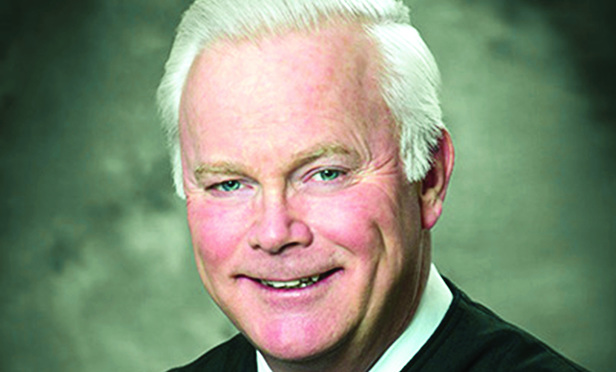I would not be going out on a limb to suggest that, if surveyed, most lawyers would say that the doctrine of “equal protection” was born on July 9, 1868—the date of the 14th Amendment’s formal ratification. Of course, this is completely understandable. Attend a constitutional law class anywhere in the nation and you will find equal protection theory being taught as a uniquely federal doctrine deployed by federal authorities and federal courts to police recalcitrant state officials and state courts who refuse to treat their citizens with the evenhandedness and equality required by the 14th Amendment. See, e.g., Obergefell v. Hodges, 576 US ___, 135 S Ct 2584 (2015); Brown v. Board of Educ. of City of Topeka, 347 US 483 (1954). This understanding of equal protection, however, is at best incomplete.
The historical record teaches us that equal protection, as a concept, was not the product of a singular event occurring in the Summer of 1868. While it cannot be gainsaid that federal enforcement of equality principles on state officials dates only to the 14th Amendment’s adoption in 1868, several precursors to modern notions of equal protection are actually derived from various state constitutions promulgated in the early and mid 19th century. In New York, for example, article VII §1 of the Second State Constitution (1821) provided that “[n]o member of this State shall be disfranchised or deprived of any rights or privileges secured to any citizen thereof, unless by the law of the land.” Two states (Ohio and Kansas) even included the words “equal protection” in their antebellum constitutions. See Andrew T. Hyman, “The Substantive Role of Congress Under the Equal Protection Clause,” 42 So. Univ. L. Rev. 79, 142 n. 92 (2014).



